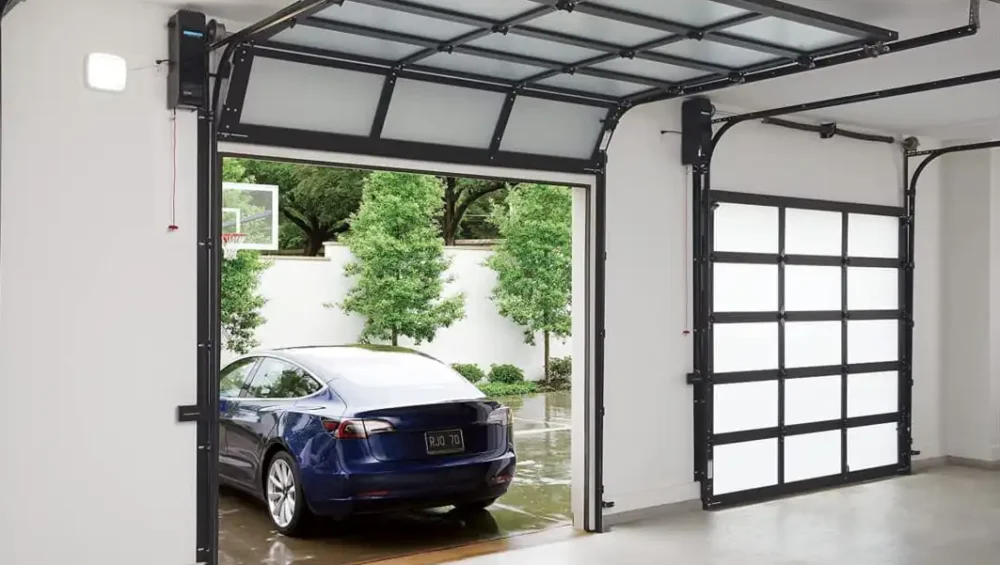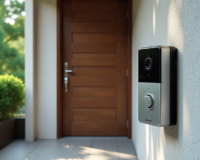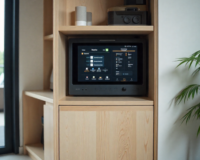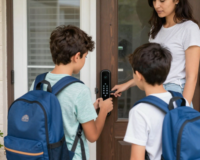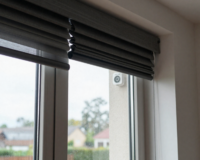Garage door sensors are critical components that ensure the safe operation of your garage door by detecting obstructions in its path and preventing accidents. Over time, these sensors can become faulty due to various reasons, such as wear and tear, exposure to weather elements, or accidental damage. When this happens, replacing the sensor becomes essential to maintain the safety and functionality of your garage door system. This article provides an in-depth analysis of the costs associated with replacing a garage door sensor in Australia, incorporating 2024 data and various influencing factors.
Understanding Garage Door Sensors
Before diving into the costs, it’s important to understand what garage door sensors are and how they function. Garage door sensors, often referred to as photoelectric sensors, typically consist of a transmitter and a receiver. The transmitter emits an invisible infrared beam across the garage door opening to the receiver. If this beam is interrupted, the sensor signals the garage door opener to stop and reverse the door’s movement, preventing accidents and damage.
Read more: Garage Door Safety Sensor Installation and Maintenance Tips
Factors Influencing the Cost of Replacing a Garage Door Sensor
Several factors influence the cost of replacing a garage door sensor. These include:
- Type of Sensor
- Brand and Model
- Labor Costs
- Location
- Warranty and Service Plans
- Size
1. Types of Garage Door Sensors
There are several types of garage door sensors, though most appear as two small boxes near the base of the garage door on either side, creating an infrared beam between them. If anything interrupts the beam while the door is closing, it will reverse direction to avoid closing on the obstruction.
Other types of garage door sensors are less common due to higher material and installation costs. However, using multiple sensors together provides greater safety than relying on a single safety mechanism.
Each sensor type functions differently, and the choice depends on your budget and safety concerns:
- Infrared sensor: Detects obstructions via infrared beams.
- Pressure sensor: Monitors weight on the door.
- Contact sensor: Consists of a piece on the door and a piece on the wall that physically connect, stopping the door.
- Smart sensor: Similar to the contact sensor but uses electronic proximity detection.
Most homes use the infrared sensor, as it is typically installed with the garage door itself. However, combining different sensors can enhance safety. For instance, using infrared and pressure sensors together would offer the highest level of safety but also be the most expensive. Combining smart sensors with infrared sensors can also be effective and less costly than using pressure sensors.
2. Brand and Model
The brand and model of the sensor also affect the replacement cost. High-end brands with advanced features typically cost more. Some of the popular brands in Australia include Chamberlain, Merlin, and B&D. Each of these brands offers various models with different features and price points.
3. Labor Costs
Labor costs are another significant factor. The cost of professional installation can vary depending on the complexity of the installation and the rates charged by the service provider. In Australia, the average hourly rate for a garage door technician ranges from AUD 80 to AUD 150. The good news is that this job typically takes no more than an hour. To save money, inform your local garage door repair professional of the exact model of your garage door motor. This ensures compatibility between the sensors and the existing electronics.
4. Location
Geographical location can influence the cost due to variations in labor rates and availability of parts. Urban areas with a higher cost of living tend to have higher labor rates compared to rural areas.
5. Warranty and Service Plans
Some garage door sensor replacements come with extended warranties or service plans. These additional features can add to the overall cost but provide long-term value by covering future repairs or replacements.
6. Size
Size doesn’t significantly impact the overall cost of replacing a garage door sensor. The sensor itself doesn’t perform any heavy lifting; it functions more like a remote control, sending an electronic signal to the garage door motor. Consequently, the sensor’s weight remains constant, regardless of whether it’s controlling a 300-pound door or a 30-pound one.
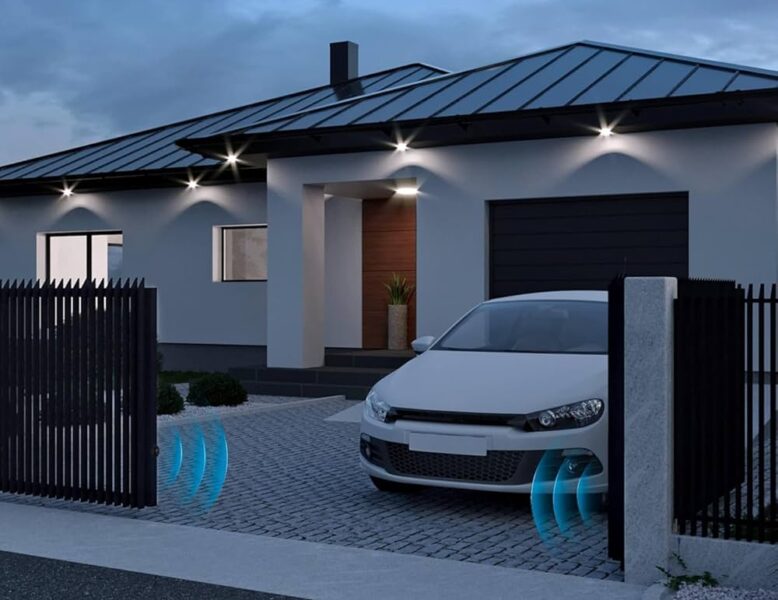
Breakdown of Replacement Costs
Based on the factors outlined above, here’s a detailed breakdown of the costs associated with replacing a garage door sensor in Australia in 2024.
Photoelectric Sensors
- Cost of Sensor: AUD 50 to AUD 150
- Labor Costs: AUD 80 to AUD 150 per hour
- Total Estimated Cost: AUD 130 to AUD 300
Photoelectric sensors are the most common type and are relatively affordable. The total cost includes the price of the sensor and one hour of labor for installation.
Pressure Sensors
- Cost of Sensor: AUD 100 to AUD 200
- Labor Costs: AUD 80 to AUD 150 per hour
- Total Estimated Cost: AUD 180 to AUD 350
Pressure sensors are typically used as an additional safety feature, making them slightly more expensive than standard photoelectric sensors.
Smart Sensors
- Cost of Sensor: AUD 150 to AUD 300
- Labor Costs: AUD 100 to AUD 200 per hour
- Total Estimated Cost: AUD 250 to AUD 500
Smart sensors offer advanced features and integration with home automation systems, which increases their cost. The installation might also be more complex, leading to higher labor charges.
Ongoing Expenses
Maintenance
Garage door sensors require minimal maintenance beyond cleaning off dust and dirt. It’s advisable to check and tighten the mounting screws every few months or whenever you notice any movement. One of the benefits of garage door sensors is that they typically only need attention when they stop functioning correctly, reducing the guesswork about when to inspect them. However, it’s still a good practice to check them every three months or so.
Repairs
Given that garage door sensors are relatively inexpensive and function as a pair, it is usually more practical to replace them rather than attempt repairs. Even if the physical sensors are bent out of alignment, repairing them is often not feasible and replacing them typically costs less than AUD 50.
DIY vs. Professional Replacement
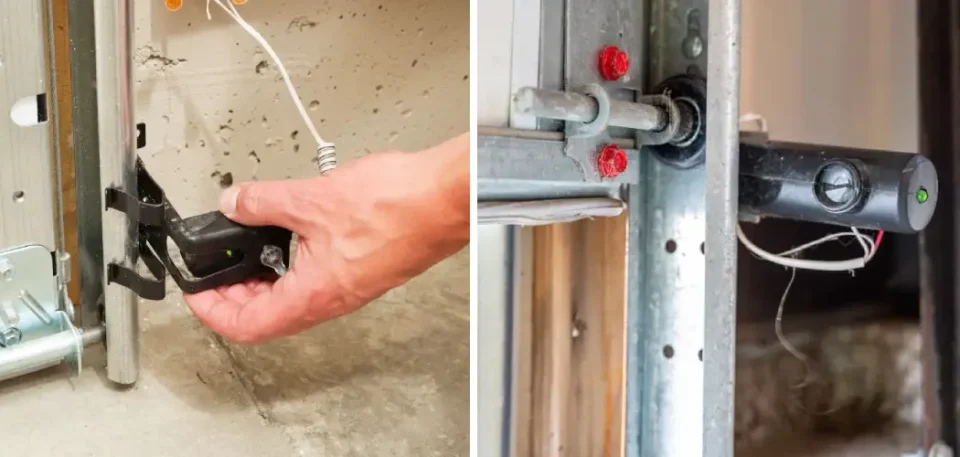
Unless you have a solid understanding of electronics, it’s best not to undertake this project yourself. Hiring a professional is relatively inexpensive, and it’s always a good idea to get professional help if an improper installation could potentially cause injury. Instead, consider taking on one of the many other DIY home projects that don’t require specialized knowledge.
However, if you are confident in your abilities and choose to take on this task as a DIY project, you will only need to pay for the cost of the sensor itself, saving you between AUD 40 and AUD 110 in labor costs.
Tips to Reduce Costs While Installing Garage Door Sensors
To save money on installing garage door sensors, you have a couple of options. First, you can undertake the project yourself, but this is recommended only for those with prior experience. Second, you can opt for the least expensive sensors. Additionally, if your garage door motor is getting old, consider upgrading it at the same time as installing new sensors. Combining these tasks can save you money on both the motor and the sensors.
Additionally, here are some tips to help reduce the cost of replacing a garage door sensor:
- Shop Around: Compare prices from different suppliers and service providers to find the best deals.
- Look for Promotions: Some companies offer discounts or promotions on sensor replacements, especially during off-peak seasons.
- Maintenance: Regular maintenance of your garage door system can extend the lifespan of the sensors and reduce the frequency of replacements.
- Bundle Services: If you need other garage door services, bundling them together might get you a discount.
Frequently Asked Questions
How can I make my garage door safe?
Garage doors are heavy and powered, so ensuring their safety should be a priority for homeowners. Installing at least one sensor is a good start, but adding a second sensor can provide additional safety for less than AUD 100. Remember that sensors require calibration and simple, regular maintenance checks—installation is just the first step.
How do you burglar-proof a garage door?
To burglar-proof a garage door, you can take several steps:
- Install a robust locking mechanism.
- Use motion sensor lights around the garage area.
- Secure the garage door emergency release.
- Install a security camera.
- Ensure that the garage door opener is not visible from the outside.
How do I know if my garage door sensor is bad?
Signs that your garage door sensor may be bad include:
- The garage door doesn’t close or reverses immediately after starting to close.
- The sensor lights are blinking or off.
- The door behaves erratically when closing.
- There are no obstructions but the door still won’t close properly.
Can I run my garage door without sensors?
Running a garage door without sensors is not recommended as it can pose significant safety risks. Sensors are designed to prevent the door from closing on objects, pets, or people, which can prevent accidents and injuries.
Should both sensors on my garage door be green?
Yes, both sensors should have green lights, indicating that they are properly aligned and functioning correctly. If one or both lights are off or blinking, it indicates a problem with the alignment or functionality of the sensors.
Conclusion
Replacing a garage door sensor is a necessary investment to ensure the safety and functionality of your garage door system. In Australia, the cost can vary significantly based on the type of sensor, brand, labor costs, location, and additional features like warranties. On average, you can expect to pay between AUD 130 and AUD 500 for a complete replacement, including labor.
While it might be tempting to save on costs by opting for a DIY replacement, professional installation is generally recommended to ensure proper functionality and safety. By shopping around, looking for promotions, and performing regular maintenance, you can help manage and reduce the overall cost of sensor replacement.

